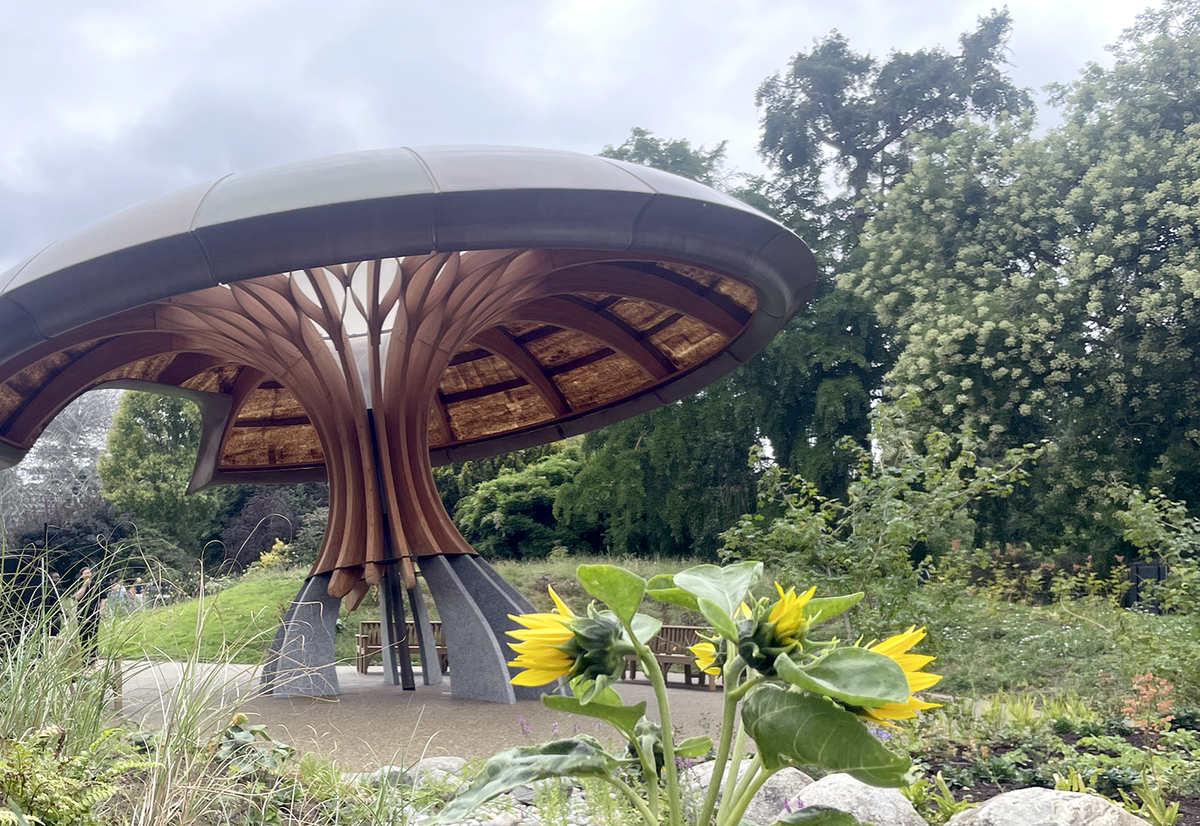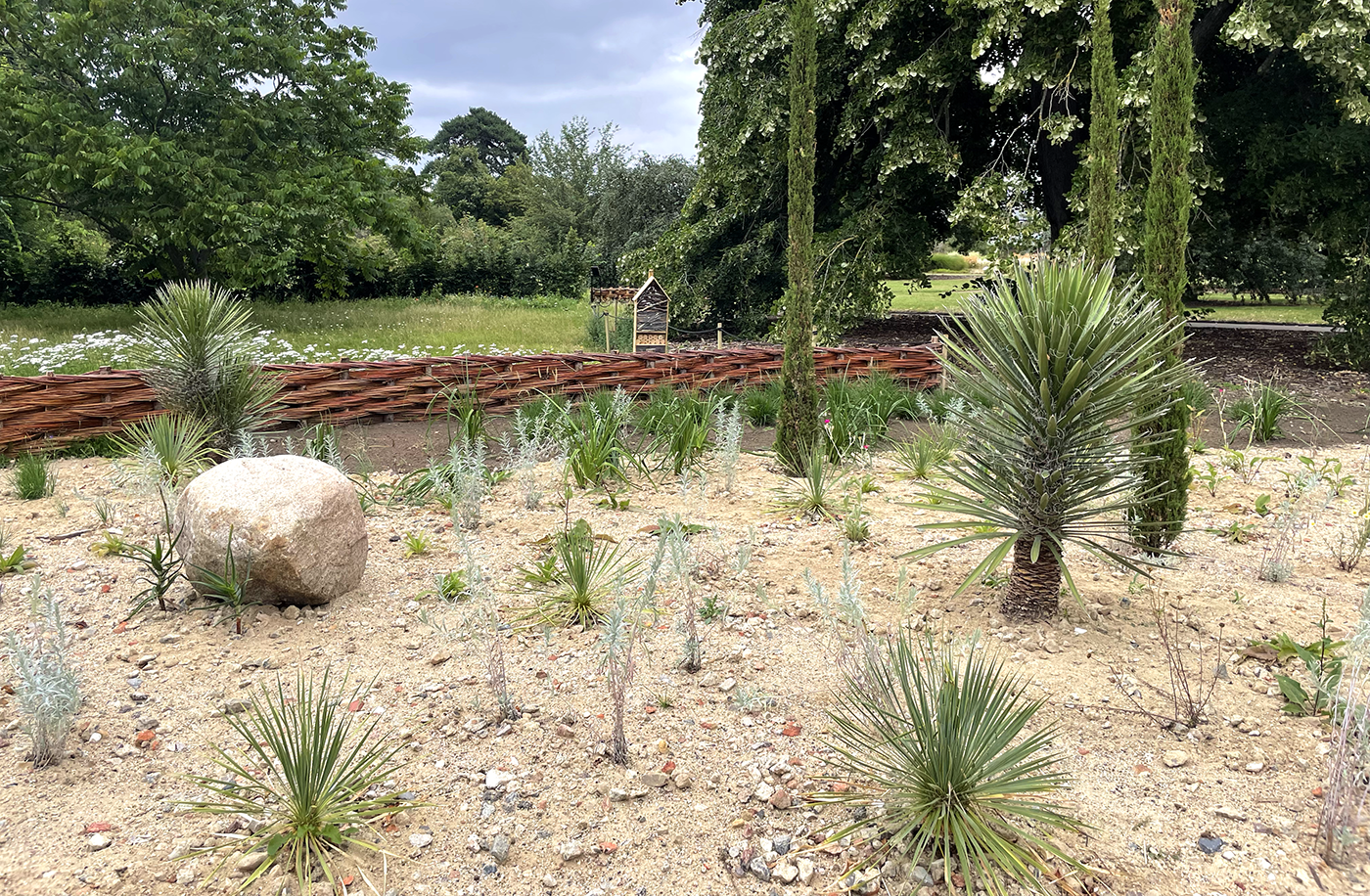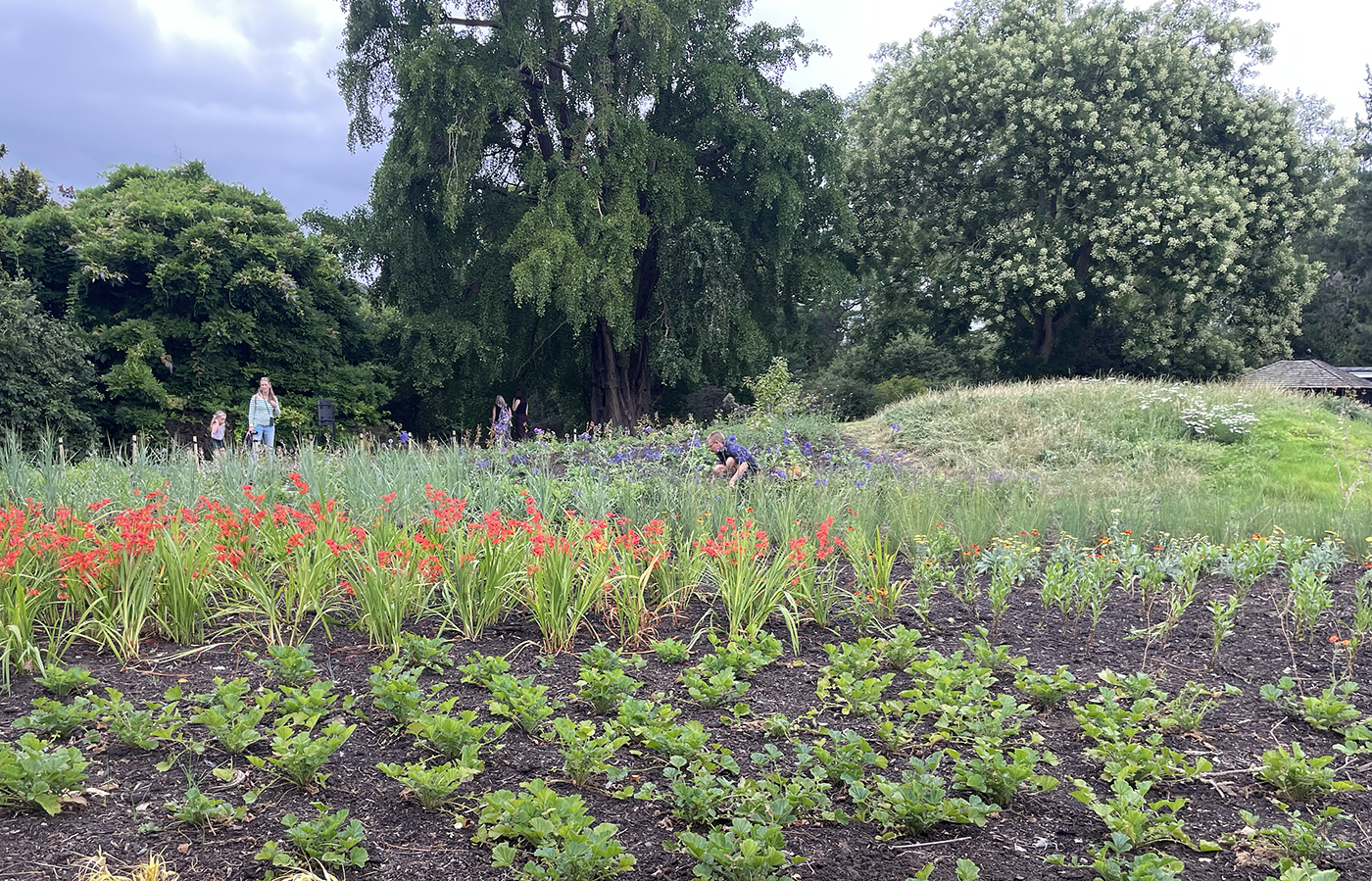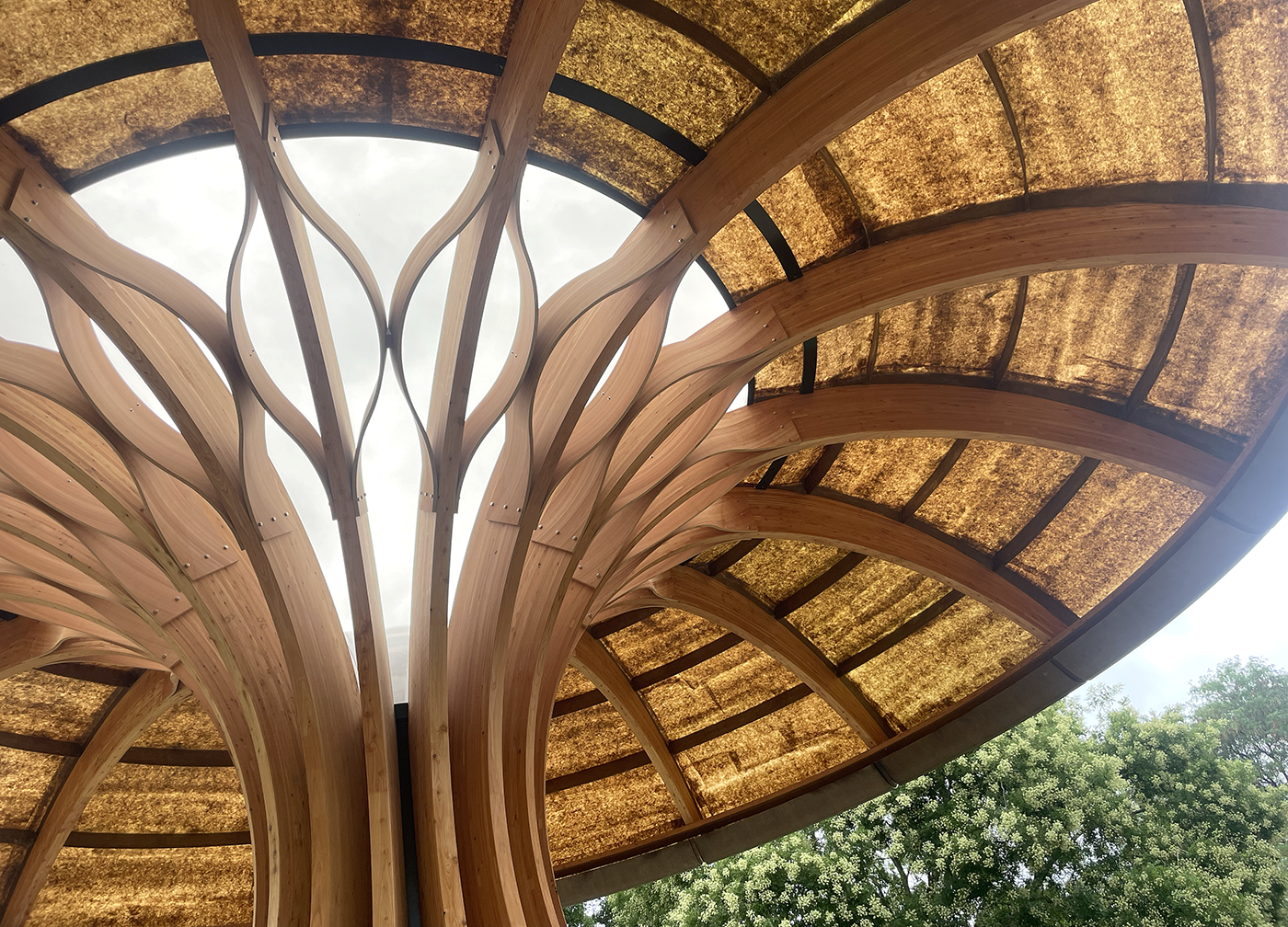Kew’s new Carbon Garden - climate storytelling through plants
The Carbon Garden aims to bring to life Kew Gardens' ongoing research, highlighting the role of carbon, the effects of plants and fungi, and offering tips to adapt our gardens and community spaces for the future.

By 2050, London is predicted to have the climate of Barcelona, Kew’s head garden designer Richard Wilford is saying as he guides us through the Dry Garden area.
Barcelona, but with severe droughts and increased storms. This area of the garden is designed to show how Kew's planting of the future, for climate change adaptation, could look.

By understanding the plants that can thrive in our future climate, informed gardening aims to promote biodiversity, supporting healthy ecosystems that will be able to store carbon above and below ground.
Coming into bloom and colour in late spring, the Dry Garden uses Mediterranean-style plants that can stand hot summers and droughts.

Thirty-five new trees considered to be climate-resilient species have been planted in the Carbon Garden, including Field Maple which Wilford says is one of the UK's most resilient native species.
Oriental hornbeam, Judas tree and Japanese elm are other species considered resilient, coming from areas of the world that experience hotter, dryer summers, and able to withstand heavy rainfall.
Kew predicts that the new trees will be flourishing in the garden in one hundred year's time.
This is what Kew's ‘Landscape Succession Plan’ is all about. Researchers have gathered data from across West London, including the gardens’ own weather station, and built climate models to predict Kew’s future climate.
They used global tree data and information from Kew’s plant collections, to assess the resilience of Kew’s Living Collections.
The research revealed that “30%, but potentially over 50%, of Kew’s trees could be vulnerable by 2090."
The Rain Garden area includes a swale - a shallow channel designed to collect and drain water slowly - to help water management and prevent flooding.
Wilford points out that this can be done in your own garden if you have sandy soil like Kew - and that the plants here can ‘cope with getting their feet wet’, pointing out the water irises.
The Carbon Garden offers ideas we can adapt for our own gardens and community spaces:
- Leave an area wild to create an undisturbed habitat. Wildflower meadows -featuring plants like yarrow, cowslip, and bird’s-foot trefoil - support local biodiversity. Mowing less frequently helps keep more carbon locked in the soil.
- Check out Kew’s list of climate resilient plants for ideas of what is likely to flourish into the future.
- Support insect life by adding features like bug hotels, fallen trees, and log piles. When trees are left to decay naturally, the environment has a chance to reabsorb some of the carbon.
- Consider hedgehog habitats. A dedicated hedgehog habitat has been created in the Carbon Garden. Although Richard Wilford has never seen a hedgehog at Kew, they may come if they have a suitable habitat!
The central pavilion will become the recognisable icon of the garden. It is designed by Jonathan Mizzi who describes his structure as 'not quite a plant, tree, or mushroom', and has a tilt as a plant would towards the sun.
It is composed of granite, European larch, and natural fibre. The shelter's 'skin' is basically a kind of linen, described as a 'carbon-sequestering flax canopy'. As we take in the structure, children are playing around the ‘trunk’ of the structure, as Mizzi says he imagined.

Kew Gardens' mission is ‘to understand and protect plants and fungi, for the wellbeing of people and the future of all life on Earth’.
Kew is planting for a future 100 years from now and the Carbon Garden is a showcase for their work.
Richard Wilford, designer of the Carbon Garden and Manager of Garden Design at RBG Kew says:
The Carbon Garden offers a unique opportunity to showcase our ongoing research, combining scientific insight with thoughtful design and beautiful planting to highlight the role of carbon in our lives, how it moves through the environment and how plants and fungi can help us tackle climate change.
We hope the Carbon Garden inspires visitors to act and join us in shaping a more sustainable, resilient future for life on our planet.
There is a tension in designing the future on climate change’s terms. Kew is uniquely placed to present research, alongside the beauty and potential of nature and plants - with great impact due to the 2.45 million visitors through their gate last year.
The Carbon Garden tells their research story through plants, as only Kew can.
Tickets to Kew Gardens can be booked here. Kew offers £1 tickets for visitors in receipt of Universal Credit or Pension Credit, with up to 4 guests at £1 each, and discounts for young people.



